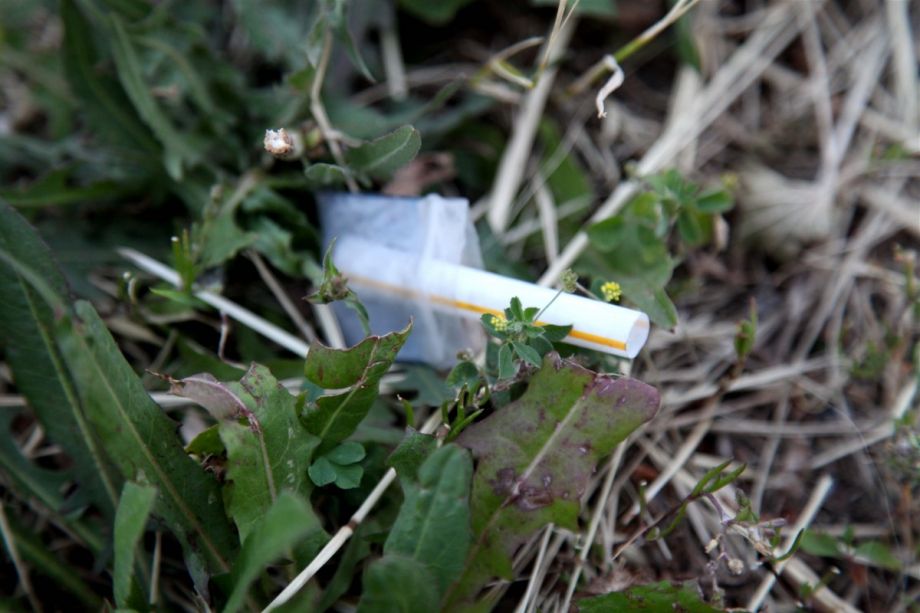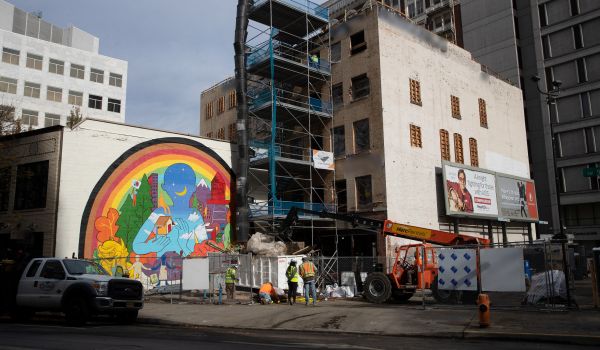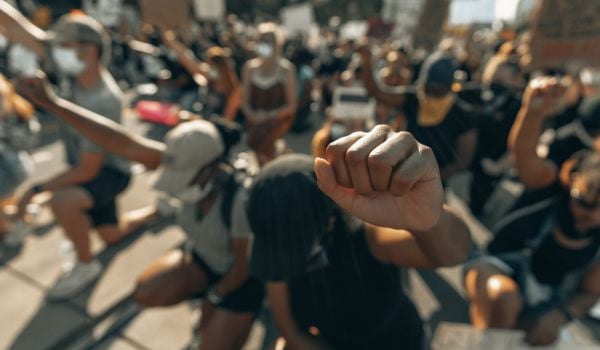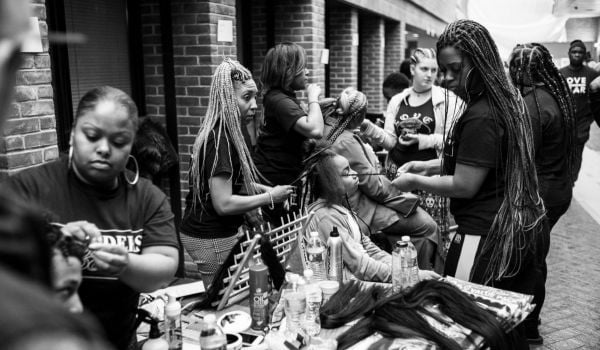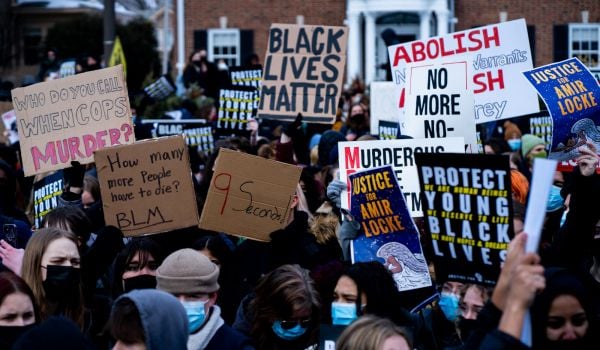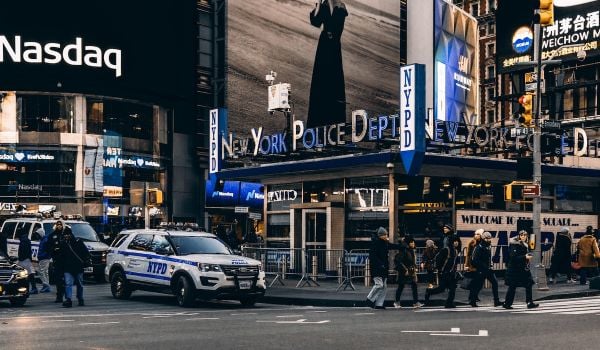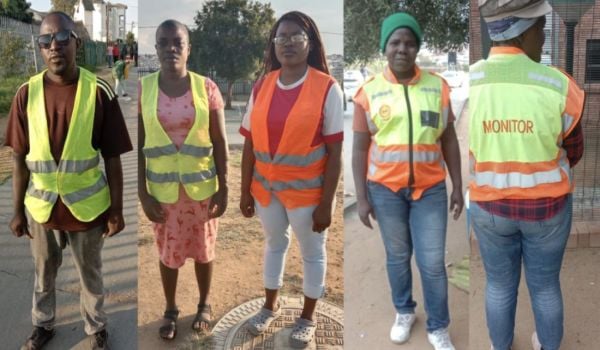When it comes to drug dealing, not all streets are created equal. According to new research by professors and PhD students at Rutgers University School of Criminal Justice, the prevalence of cannabis, heroin, crack and cocaine deals in Chicago increases near grocery stores and retail food establishments, and positively skyrockets near foreclosed properties.
Selling illicit substances in the open air requires dealers to balance two competing demands: access for customers and security from arrest or violence for both parties. One way to reconcile those needs is to only operate from certain, fixed locations, the researchers note, citing a previous study that shows nearly half of all drug transactions take place on less than 5 percent of street segments. Understanding what makes certain segments more or less attractive, they suggest, could help change the way drug dealing is policed.
Street features that contribute either to security or accessibility are termed “ecological advantages.” Places like hotels, bars and transit stops may be advantageous for gathering people together in a natural way. Broken street lamps and abandoned properties provide cover. Using publicly available data and risk terrain modeling, the research team studied the relationship between 28 different environmental features and the prevalence of nearby drug deals in Chicago between 2010 and 2014. They found not only that certain features provided better security and accessibility, but that these factors varied for different substances. They deemed 11 environmental factors to increase the risk of cannabis dealing, 12 for heroin, 11 for crack and three for cocaine.
Across all four substances, foreclosures most increased the probability of drug deals, but especially so for cocaine. The risk of drug dealing near a foreclosure was multiplied by a factor of five for heroin, by 10.2 for cannabis, by 11.1 for crack, and by 16.5 for cocaine.
The second most predictive ecological feature was a problem landlord, which increase the risk of dealing by a factor of 3.6 for crack, 2.8 for heroin and 2.5 for cannabis, with no effect for cocaine. Grocery stores increased the risk by a factor of about 2.5 for all substances. Retail food establishments, broken street lights, liquor stores and bus stops all increase risk as well.
Such insight, the researchers conclude, could help municipalities deploy police or other interventions more strategically. They suggest police patrols could be directed to known at-risk areas for drug dealing, rather than employing broken windows tactics to criminalize all minor infractions in hopes of cutting down on more major crime. The researchers also make the case for crime reduction through environmental design, which focuses on altering or removing those ecological advantages.
Jen Kinney is a freelance writer and documentary photographer. Her work has also appeared in Philadelphia Magazine, High Country News online, and the Anchorage Press. She is currently a student of radio production at the Salt Institute of Documentary Studies. See her work at jakinney.com.
Follow Jen .(JavaScript must be enabled to view this email address)

